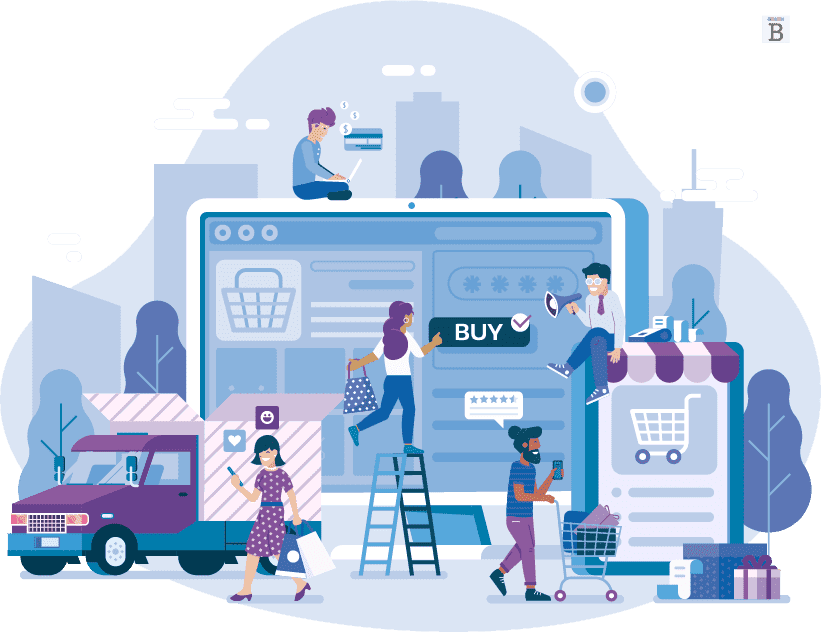Why You Need to Think Like a Buyer

Remember the old saying that to catch a thief, you must think like a thief? The same approach works for snaring Shopify shoppers. The more you understand how your buyers think, the easier it will be to sell them your items — and the better you will become at doing so.
Buy, Buy, Baby
Start by buying a few things on your store. Any items will do, but you can score a double whammy if you buy something from a competitor: In addition to analyzing your reactions to the transaction, you’ll find out what kind of buying experience your competition gives.
Once you’ve got several buyer experiences under your belt, note what you liked and didn’t like about each transaction, from finding and purchasing the item all the way through to receiving and unboxing it. (Be sure to leave feedback for your sellers!)
Keywords Are Key
For starters, what made you click on a particular listing?
It probably was the title, which came up in search results based on what you typed into the search field — i.e., your keywords. What keywords would a buyer use to find your item? Those words should be in your title.
Look at Sold items to see which keywords seem to sell most effectively. If you need more inspiration, try Google’s free Keyword Planner. Or just check out Amazon’s search bar, which suggests additional keywords when you type in an initial query.
1 Picture = 1,000 Words
Another reason you clicked on a certain listing may have been its gallery picture. What kinds of photos were in the listings from which you purchased? Do they spark any ideas you could apply to photographing your own items, such as an eye-catching pose? Remember, don’ts can be as useful as do’s
Avoiding SNADs (Items Significantly Not As Described)
Now let’s move on to the description. Does yours answer all of the questions a potential buyer might ask? When you get questions from buyers, do you consider adding the answers to your description? You should.
If you asked questions during your own buying journey, were the answers prompt, professional, and to the point? Yours should be.
When it comes to describing an item, thinking like a buyer means addressing that item’s benefits as well as its features. What need is a buyer looking to fill, and how does your product serve that need? For example, if you’re selling a bed pillow, you’ll want to list its dimensions but also emphasize the good night’s sleep it provides.
Customer Service is Crucial
Next, consider terms of sale. Did you buy anything from a seller whose listing was full of negative verbiage? And how do you feel about buying from a seller who doesn’t accept returns? Did you prefer your purchases to include free shipping?
Just like Mother always told you, it’s easier to catch flies with honey than with vinegar. Keep your terms of sale simple and positive.
Allowing returns boosts buyer confidence. If you can offer free returns, so much the better; then buyers can shop risk free. The increased sales volume you’ll gain will more than offset the cost of accepting returns, free or not.
As for free shipping, think like a buyer again: Do you enjoy doing math, or would you rather see just one cost for an item?
If you’re not sure you can afford to do free shipping, try an A-B test: List an item with free shipping (i.e., with the shipping cost folded into the price) and without (i.e., with the shipping cost as a separate line item). See which sells best.
The Unboxing Experience
Finally, when your store’s purchases arrived, how were they packaged? A well-packed and attractively presented item invariably makes a better impression than that same item tossed any which way into a used pizza box.








